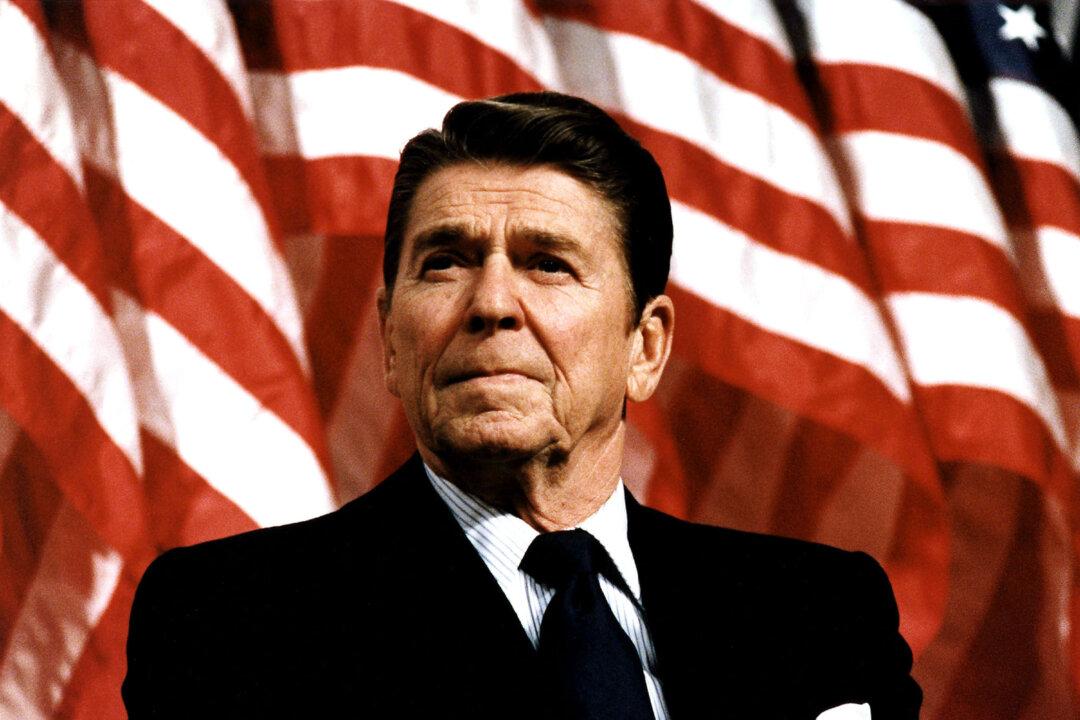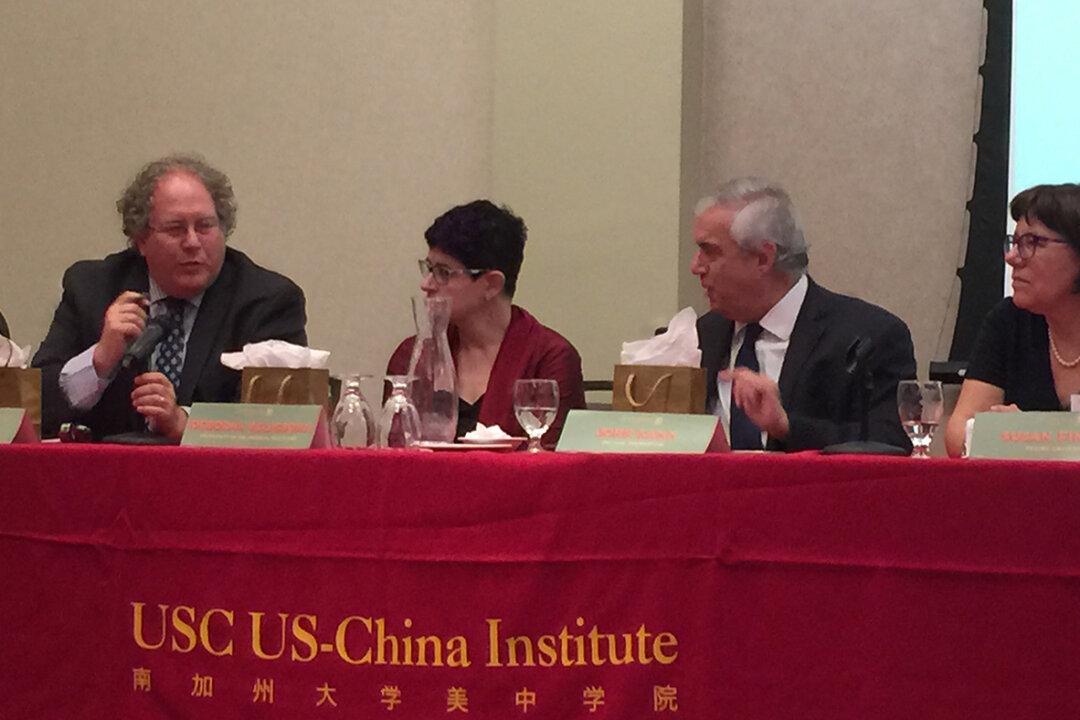After the 2016 U.S. Election, some people, especially many young voters, may have been disappointed and depressed. However, many amongst the elder generation in California still have hope and confidence in the new president and his administration in the coming new year, because they have experienced America’s eternal hopes and ideals during the presidencies of John F. Kennedy and Ronald Reagan.
As President Kennedy said, “A man may die, a nation may rise and fall, but an idea lives on.”We may find inspiration in the legacy of our 40th president at the Ronald Reagan Presidential Library and Center for Public Affairs in Simi Valley, Calif., which is the final resting place of Reagan and his wife Nancy.


